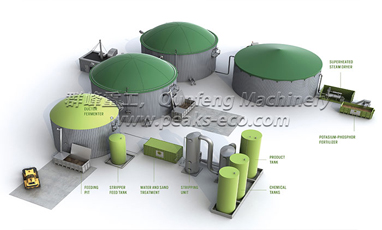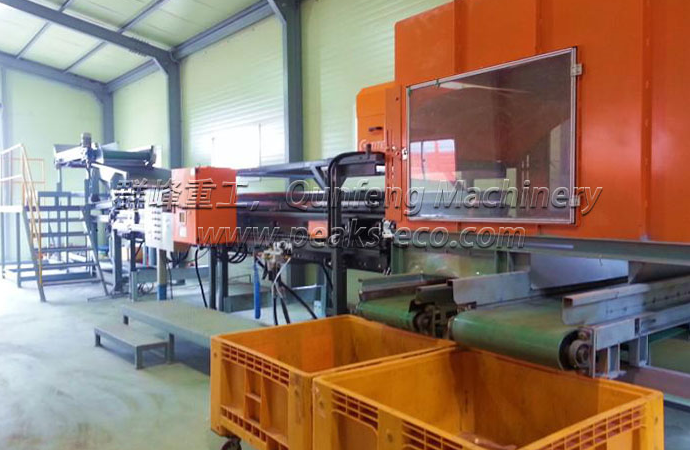The anaerobic process of decomposition (or fermentation) of organic matter occurs all over nature and has been happening for a long time. In fact, bacteria that break down organic matter into biogas are the oldest multicellular organisms on Earth. Human use of biogas, of course, did not go far back, however, some anecdotal evidence traces the first use of biogas by the Assyrians in the 10th century and the Persians in the 16th century. More recently, the 20th century has brought a Renaissance of industrial and small-scale biogas systems.
In the 18th century, it became clear to Flemish chemist Jan Baptise van Helmont that the decomposing organic matter produced a flammable gas. Not long after, John Dalton and Humphrey Davy clarified that the flammable gas was methane. The first major anaerobic digestion plant dates back to 1859 in Bombay. Not long after, in 1898, anaerobic digestion turned sewage into biogas in Britain, which was then used to light street lamps. In the next century, anaerobic digestion will be used primarily as a method of treating municipal wastewater. In the 1970s, when the price of fossil fuels rose, industrial anaerobic digestion plants gained popularity and efficiency.
Both India and China began developing small biogas digesters for farmers around the 1960s. The goal is to reduce energy poverty in rural areas and provide cleaner cooking fuels in remote areas. Nearly one-third of the world's population still uses firewood and other biomass for energy, causing damaging health and environmental problems. (Link to blog posts on developing countries)
In India, the popular model is called a floating bucket biogas digester, while the preferred biogas model in China is called a fixed dome biogas digester.
Since then, family-scale biogas installations have gained increasing attention and popularity as a means of reducing household waste and providing clean, renewable energy to households around the world. Over the past 15 years, biogas programs have been adopted in various countries around the world to make home biogas systems and large anaerobic digestion plants efficient and convenient. The benefits of using biogas systems to convert waste to energy are becoming more important as landfills become illegally overloaded and methane releases create more concerns.
Many uses of biogas:
Biogas can be produced from various types of organic matter, so there are many models of biogas digesters. Some industrial systems are designed to treat: municipal wastewater, industrial wastewater, municipal solid waste, and agricultural waste.
Small systems are often used to digest animal waste. And the new family-scale system is designed to digest food waste. The resulting biogas can be used in a variety of ways, including natural gas, electricity, heat, and transportation fuels.

In Sweden, for example, hundreds of cars and buses run on refined biogas. Sweden's biogas mainly comes from sewage treatment plants and landfills.
Another example of diverse uses for biogas is the First Milk Plant. One of Britain's biggest cheese producers is building an anaerobic digestion plant that will process dairy residues and turn them into biogas for use in the gas grid. Novel anaerobic digestion devices like these are popping up every day!
We have biogas energy plant here. If you are interested in us, please feel free to contact us.

没有评论:
发表评论